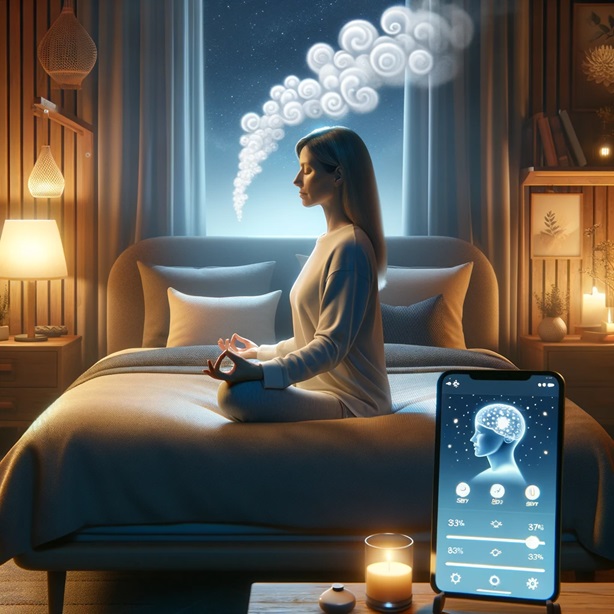Brain Training for Better Sleep: Effective Strategies and Exercises

Introduction
Quality sleep is vital for cognitive function, mood regulation, and overall health. Brain training for better sleep involves techniques and exercises that aim to enhance the ability to fall asleep, improve sleep quality, and regulate sleep patterns. Incorporating these practices into your routine can lead to improved alertness, concentration, and a healthier life. Emphasizing the importance of sleep, researchers have linked adequate sleep to improved memory retention, reduced stress, and better problem-solving abilities.
The Connection Between Cognitive Activity and Sleep
Cognitive activities can significantly impact sleep quality. Engaging the brain with specific exercises during the day can create a favorable environment for deep sleep, while certain activities before bedtime can disrupt sleep. Understanding this connection allows for targeted brain training that promotes restful nights. For example, stimulating mental activities can boost neural connections, making sleep a critical period for cognitive repair and memory consolidation.
Brain Training Techniques for Better Sleep
Several brain training exercises can prepare the mind for sleep:
- Mental Imagery: Visualization techniques can relax the mind and reduce the time it takes to fall asleep. For instance, imagining a peaceful landscape can shift focus away from daily stresses.
- Cognitive Shuffling: Randomly imagining unrelated items in quick succession can help distract from stressful thoughts and facilitate the onset of sleep.
- Mindfulness Meditation: Focusing on the present can alleviate anxiety that interferes with sleep, allowing for a smoother transition to rest.
- Memory Consolidation Practices: Reviewing and mentally organizing the day’s events can promote a sense of completion, easing the transition to sleep. This practice not only helps in clearing the mind but also enhances the quality of sleep by supporting natural neural processes involved in memory storage.
Developing a Sleep-Positive Mindset
Building a sleep-positive mindset is crucial for good sleep hygiene. This includes associating the bed with sleep and relaxation, developing rituals that signal the brain it’s time to wind down, and using cognitive restructuring to combat insomnia-related anxiety. Strategies such as keeping a gratitude journal or practicing bedtime affirmations can reinforce positive associations with sleep.
Lifestyle Adjustments for Improved Sleep
Lifestyle adjustments can support the brain training efforts:
- Regular Exercise: Physical activity promotes fatigue in a healthy way, facilitating easier sleep onset. However, it’s important to avoid intense workouts close to bedtime.
- Nutrition: A diet low in sugar and caffeine, especially closer to bedtime, can prevent sleep disturbances. Incorporating foods rich in magnesium and potassium, such as bananas and spinach, can enhance muscle relaxation and sleep quality.
- Light Exposure: Managing light exposure, particularly blue light from screens, can help regulate circadian rhythms. Using apps that filter blue light or wearing blue light blocking glasses in the evening can be beneficial.
Creating an Ideal Sleep Environment
An environment conducive to sleep is the foundation of good sleep hygiene. This includes a dark, cool, and quiet room, a comfortable mattress and pillows, and removing distractions such as electronics. Consider the use of sound machines or blackout curtains to further optimize the sleep environment.
Conclusion
Brain training encompasses a variety of strategies and exercises that, when combined with lifestyle changes, can lead to significantly better sleep. By fostering a brain conducive to rest, creating a supportive environment, and adopting habits that promote relaxation, you can enhance both the quality and quantity of your sleep, ultimately benefiting your overall cognitive performance. With consistent practice, these techniques can transform your nightly rest into a powerful tool for cognitive and emotional resilience.